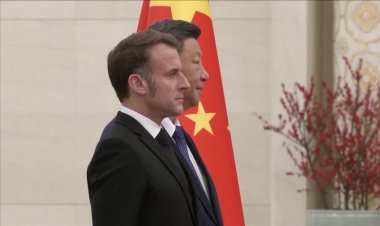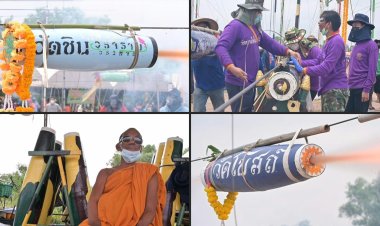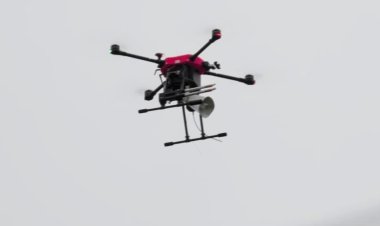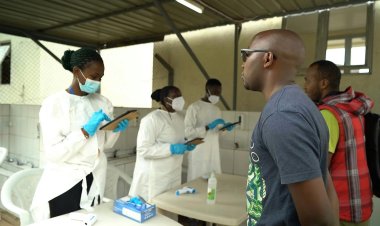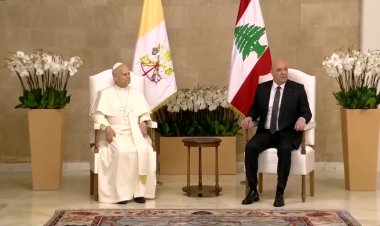Peru Recovers 33 Archaeological Artifacts
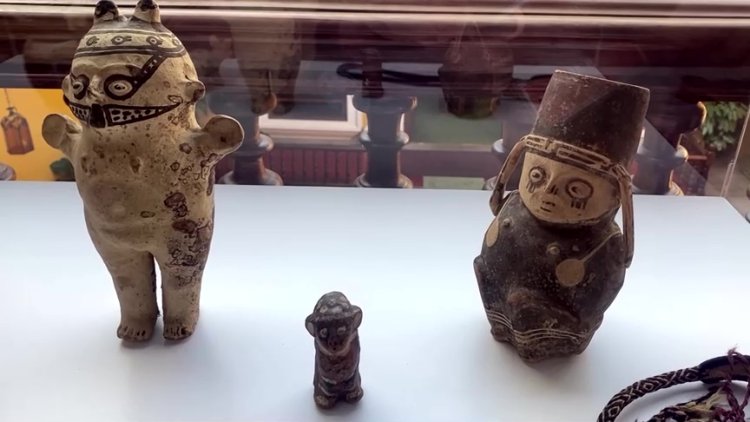
The Peruvian government exhibited 33 archaeological items that were recovered from private collections in the United States, Canada, Australia and Switzerland in the Andean nation’s latest effort to recover its pre-Hispanic cultural heritage.
The artifacts, including pottery and ceremonial items, were mostly repatriated voluntarily from private citizens “who were aware of the damage caused by the illegal trafficking of cultural goods,” the foreign ministry statement read.
The collection is made up of 11 pieces retrieved from Australia, seven of which were voluntarily handed over by an Australian citizen. This group includes pieces from the Chancay culture, which thrived on the central coast of present-day Peru from around 1000 AD to 1470 AD.
archaeologist from peru foreign ministry, sofia del castillo, saying: “This is the third ceremony of handed-in artifacts. In total, there are 33 archaeological pieces belonging to the Chancay, Nazca, Inca and Wari cultures. They have been repatriated thanks to volunteer donations from Australian, Canadian, American and Swiss citizens.”
“Nazca pottery has iconographic designs. Also, from the Chancay culture, what stands out most are the ceremonial knives that you can see over there. They come from the northern coast. There’s a wooden stick from the central coast that was possibly used to measure because it has holes that measure approximately 8 centimeters,” She added.
A Swiss citizen voluntarily gave 11 other artifacts, including pottery items from the Nazca culture, which sat on the southern coast from approximately 100 BC to 800 AD.
Ten pieces were voluntarily donated from the United States, including ceremonial knives.
Another ceremonial knife came from Canada, a piece that belongs to the Lambayeque culture, nestled on the northern coast of present-day Peru from approximately 750 AD to 1375 AD.




